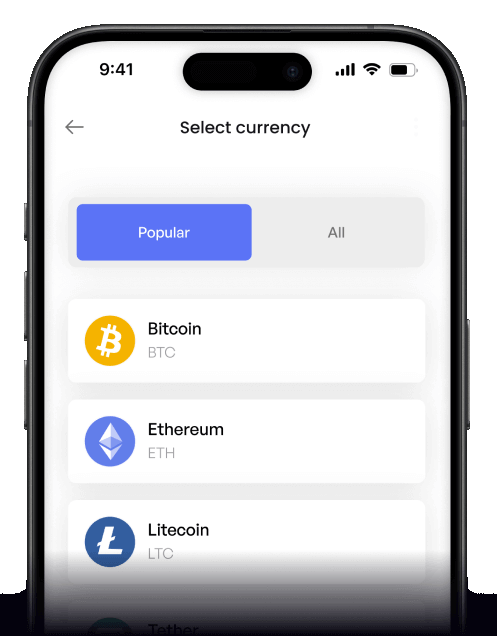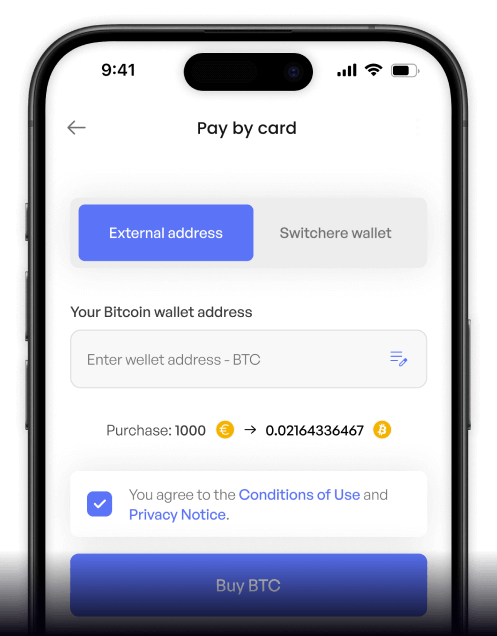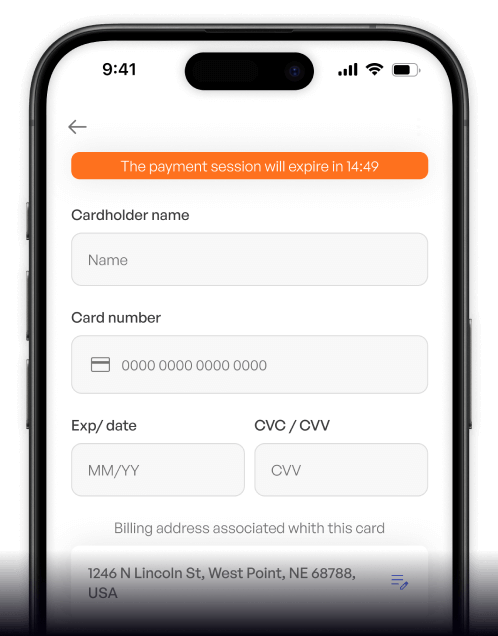Convert
Hungarian Forint (HUF) to Conflux EVM (CFX) Instantly
Purchase Conflux EVM (CFX) with Hungarian Forint (HUF) easily at Switchere and benefit from fast, secure transactions.
About
Conflux EVM (CFX)
Conflux (CFX) is a high-performance Layer 1 blockchain designed to overcome the blockchain trilemma of achieving scalability, security, and decentralization simultaneously. It operates as a permissionless, public blockchain infrastructure engineered for building high-throughput decentralized applications (dApps), particularly in DeFi, Web3, and the metaverse. Its core innovation is the unique Tree-Graph consensus algorithm, a novel ledger structure that processes blocks in parallel rather than in a linear chain. This parallel processing capability allows for significantly higher transaction throughput and lower confirmation times compared to traditional blockchain architectures, providing a robust foundation for scalable digital assets and applications.
The network is secured by a hybrid Proof-of-Work (PoW) and Proof-of-Stake (PoS) consensus mechanism, combining the proven security of PoW with the energy efficiency and governance benefits of PoS. A key feature is its full EVM compatibility, creating a seamless environment for developers to migrate Ethereum-based smart contracts and dApps. The native utility token, CFX, is integral to the ecosystem. It is used for paying transaction gas fees, participating in network governance through on-chain voting, and for staking to earn rewards, which contributes to the cryptographic security of the entire decentralized network.
How to Buy Conflux EVM (CFX)
Popular Coins for Hungarian Forint (HUF)
Other Coins for Hungarian Forint (HUF)
Frequently asked questions
-
What is the most common way to buy Conflux (CFX) with Hungarian Forint (HUF)?
A direct HUF/CFX trading pair is rare on major cryptocurrency exchanges. The standard method involves a two-step process: first, use a regulated fiat on-ramp that accepts HUF deposits via bank transfer to buy a major stablecoin like USDT or a base currency like EUR. Second, trade that acquired digital asset for CFX on an exchange that lists Conflux. This process ensures you can access CFX liquidity even without a direct fiat gateway for the Hungarian Forint. -
What makes the Conflux (CFX) network technically unique for dApp development?
Conflux's primary technical advantage is its Tree-Graph ledger structure, which processes blocks in parallel rather than linearly. This, combined with its GHAST consensus protocol, allows for significantly higher throughput (TPS) and lower transaction fees compared to traditional blockchains. Furthermore, its 'Conflux eSpace' is a fully EVM-compatible environment, allowing developers to easily migrate and deploy Ethereum smart contracts and dApps, benefiting from Conflux's superior performance without rewriting code. -
What are the primary use cases for the native CFX token within the Conflux ecosystem?
The CFX token is integral to the Conflux network's operation. Its primary utilities are: 1) Paying for transaction fees, known as gas, for smart contract execution and transfers. 2) Staking CFX to participate in the network's hybrid PoW+PoS consensus mechanism, securing the network and earning staking rewards. 3) Participating in on-chain governance to vote on proposals for network upgrades and changes. 4) Serving as the fundamental unit of account for DeFi protocols and dApps built on Conflux. -
How should I securely store my CFX tokens after purchasing them?
For secure, long-term storage, it is highly recommended to move your CFX from the cryptocurrency exchange to a self-custody digital wallet. The official wallet is Fluent Wallet, which supports both Conflux Core and Conflux eSpace. For maximum security against online threats, consider using a hardware wallet that is compatible with the Conflux network. Always back up your private keys or seed phrase and store them offline in a safe, private location. -
What kind of fees should I expect when converting HUF to CFX?
The process involves several potential fees. First, your bank or payment provider might charge a fee for the HUF deposit to the exchange. Second, the exchange will have a trading fee for converting your HUF into an intermediate asset (like USDT or EUR). Third, there will be another trading fee for the final USDT/CFX or EUR/CFX trade. Finally, when you withdraw your CFX to a private wallet, there's a network withdrawal fee. However, one advantage of Conflux is its low on-chain transaction fees for subsequent use.






